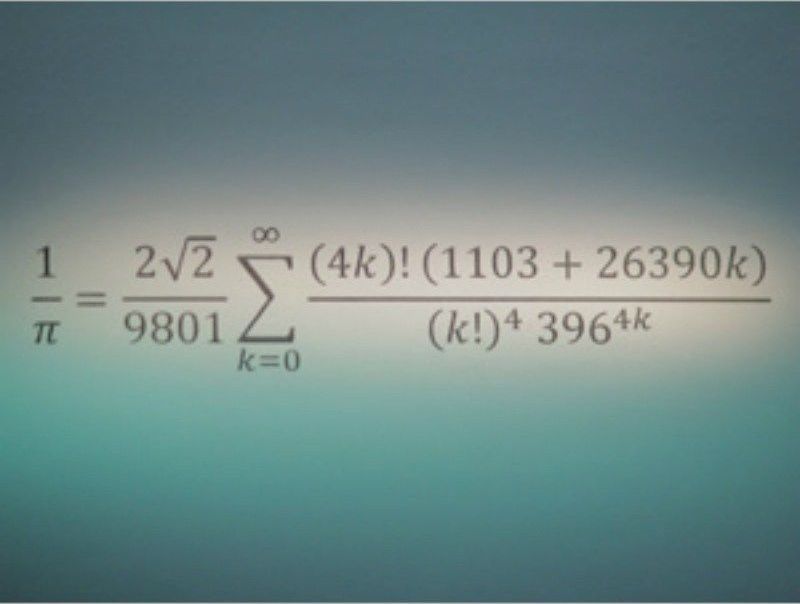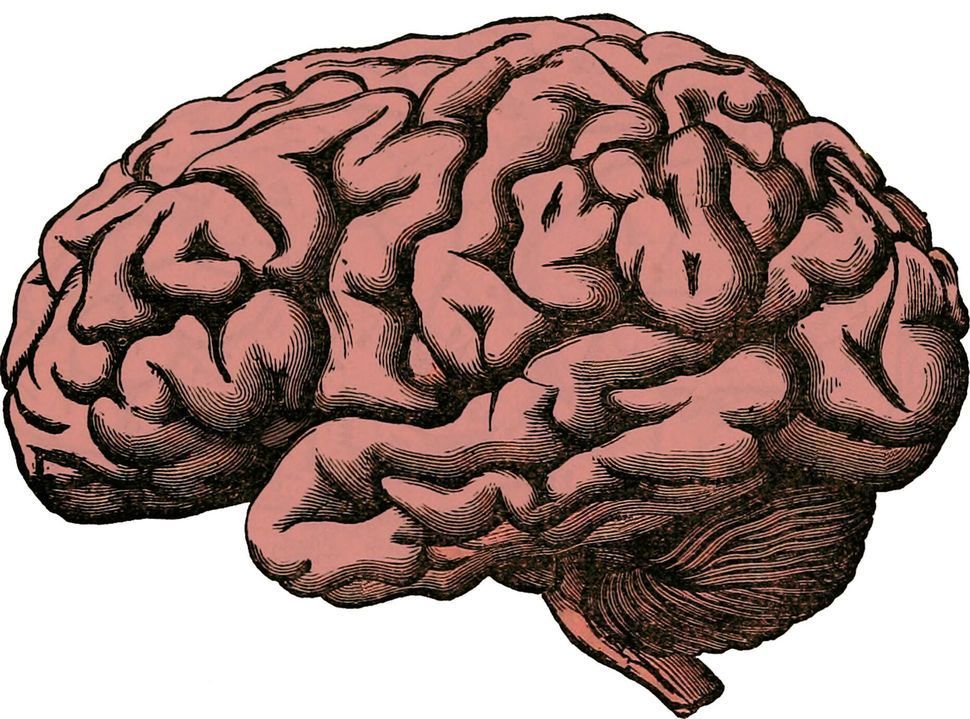Archive for the ‘neuroscience’ category: Page 772
Jun 11, 2019
Neuroscience shows that 50-year-olds can have the brains of 25-year-olds if they sit quietly and do nothing for 15 minutes a day
Posted by Paul Battista in category: neuroscience
Neuroscientist Sara Lazar, of Mass General and Harvard Medical School, started studying meditation by accident. She sustained running injuries training for the Boston Marathon, and her physical therapist told her to stretch. So Lazar took up yoga.
“The yoga teacher made all sorts of claims, that yoga would increase your compassion and open your heart,” said Lazar. “And I’d think, ‘Yeah, yeah, yeah, I’m here to stretch.’ But I started noticing that I was calmer. I was better able to handle more difficult situations. I was more compassionate and open hearted, and able to see things from others’ points of view.”
Eventually, she looked up the scientific literature on mindfulness meditation (a category into which yoga can fall). She found the ever-increasing body of evidence that shows that meditation decreases stress, depression, and anxiety, reduces pain and insomnia, and increases quality of life.
Jun 11, 2019
Scientists Reverse The Age of White Blood Cells In A Female Human Being – They’re Now 20 Years Younger
Posted by Paul Battista in categories: biotech/medical, life extension, neuroscience
Elizabeth Parris, the CEO of Bioviva USA Inc, has become the very first human being to successfully, from a biological standpoint, reverse the age of her white blood cells, thanks to her own company’s experimental therapies. Bioviva utilizes intramural and extramural peer-reviewed research to create therapies for age-related diseases (Parkinson’s, Alzheimer’s, cancer, heart-disease), and now, they have reversed 20 years of ‘telomere shortening’ in a human for the first time.
Telomeres are short segments of DNA that cap the ends of every chromosome and act as a protective feature against wear and tear, which occurs naturally as the human body ages. As we age, these telomeres become shorter and shorter as our cells continue to divide more and more. Eventually they become too short to protect the chromosome, which is what causes our cells to malfunction and age related diseases to start setting in.
In September of last year, the 44 year old volunteered to partake in two of her own company’s experimental gene therapies; one intended to battle stem cell depletion, which happens when we age and leads to various age related diseases, and the other intended to protect against loss of muscle mass with age.
Jun 10, 2019
Mathematical Beauty Activates Same Brain Region as Great Art or Music
Posted by Quinn Sena in categories: mathematics, media & arts, neuroscience
People who appreciate the beauty of mathematics activate the same part of their brain when they look at aesthetically pleasing formula as others do when appreciating art or music, suggesting that ther.
Jun 10, 2019
AI software reveals the inner workings of short-term memory
Posted by Quinn Sena in categories: biological, neuroscience, robotics/AI
Research by neuroscientists at the University of Chicago shows how short-term, working memory uses networks of neurons differently depending on the complexity of the task at hand.
The researchers used modern artificial intelligence (AI) techniques to train computational neural networks to solve a range of complex behavioral tasks that required storing information in short term memory. The AI networks were based on the biological structure of the brain and revealed two distinct processes involved in short-term memory. One, a “silent” process where the brain stores short-term memories without ongoing neural activity, and a second, more active process where circuits of neurons fire continuously.
The study, led by Nicholas Masse, Ph.D., a senior scientist at UChicago, and senior author David Freedman, Ph.D., professor of neurobiology, was published this week in Nature Neuroscience.
Continue reading “AI software reveals the inner workings of short-term memory” »
Jun 10, 2019
Reverse Engineering the Brain
Posted by Quinn Sena in categories: engineering, neuroscience
Jun 10, 2019
To Advance Artificial Intelligence, Reverse-Engineer the Brain
Posted by Quinn Sena in categories: engineering, neuroscience, robotics/AI
Opinion: Progress in deep learning research will come from the convergence of engineering and neuroscience.
Jun 10, 2019
Neuromorphic computing and the brain that wouldn’t die
Posted by Quinn Sena in categories: computing, nanotechnology, neuroscience
Chemical engineers at UCLA have been demonstrating what they argue is scientific evidence that bunches of synthetically grown nanowires exhibit behaviors similar to that of memory in a living brain. Whether you believe their claim depends on what you think memory actually is.
Jun 10, 2019
Frontiers in Neuroscience | Neuromorphic Engineering
Posted by Quinn Sena in categories: biotech/medical, engineering, neuroscience, robotics/AI

Neuromorphic systems carry out robust and efficient neural computation using hardware implementations that operate in physical time. Typically they are event- or data-driven, they employ low-power, massively parallel hybrid analog/digital VLSI circuits, and they operate using the same physics of computation used by the nervous system. Although there are several forums for presenting research achievements in neuromorphic engineering, none are exclusively dedicated to this increasingly large research community. Either because they are dedicated to single disciplines, such as electrical engineering or computer science, or because they serve research communities which focus on analogous areas (such as biomedical engineering or computational neuroscience), but with fundamentally different goals and objectives. The mission of Neuromorphic Engineering is to provide a publication medium dedicated exclusively and specifically to this field. Topics covered by this publication include: Analog and hybrid analog/digital electronic circuits for implementing neural processes, such as conductances, neurons, synapses, plasticity mechanisms, photoreceptors, cochleae, etc. Neuromorphic circuits and systems for implementing real-time event-based neural processing architectures. Hardware models of neural and sensorimotor processing systems, such as selective attention systems, coordinate transformation systems, auditory and/or visual processing systems, sensory fusion systems, etc. Implementations of neural computational systems found in insects, birds, mammals, etc. Embedded neuromorphic systems, including actuated or robotic platforms which process sensory signals and interact with the environment using event-based sensors and circuits. To ensure high quality and state-of-the-art material, publications should demonstrate experimental results, using physical implementations of neuromorphic systems, and possibly show the links between the artificial system and the neural/biological one they model.
Jun 10, 2019
What neuromorphic engineering is, and why it’s triggered an analog revolution
Posted by Quinn Sena in categories: computing, engineering, neuroscience
Maybe we can’t keep packing transistors onto substrates the way Gordon Moore showed us how to do. So how about if we replaced those millions of transistors with components “inspired by the true story” of the brain?
















